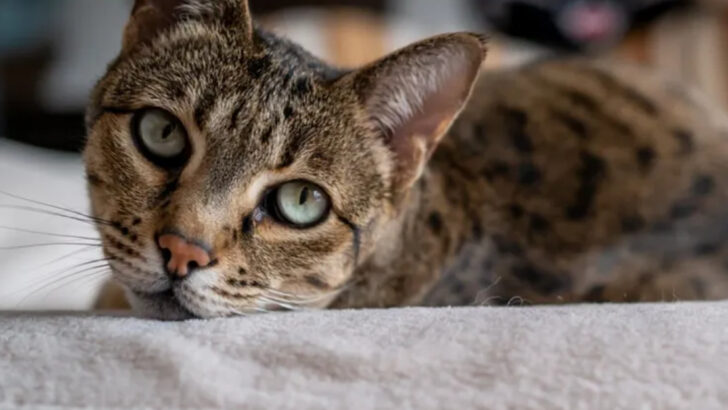As cats age, they become masters of change, gracefully adjusting their behavior in ways that often surprise even their most attentive owners. Watching a kitten grow into an adult is one thing, but seeing your cat mature and evolve as a senior is a whole new adventure.
From a sudden craving for more naps to a shift in their social habits, aging cats have their own ways of navigating life. Some changes are subtle, others more obvious—but all are signs that your feline friend is adapting to their golden years.
Join us as we explore 16 fascinating ways your cat’s behavior shifts as they grow older. These insights will not only help you understand your senior cat better but will also guide you in giving them the care and attention they deserve during this special stage of life.
Increased Sleep
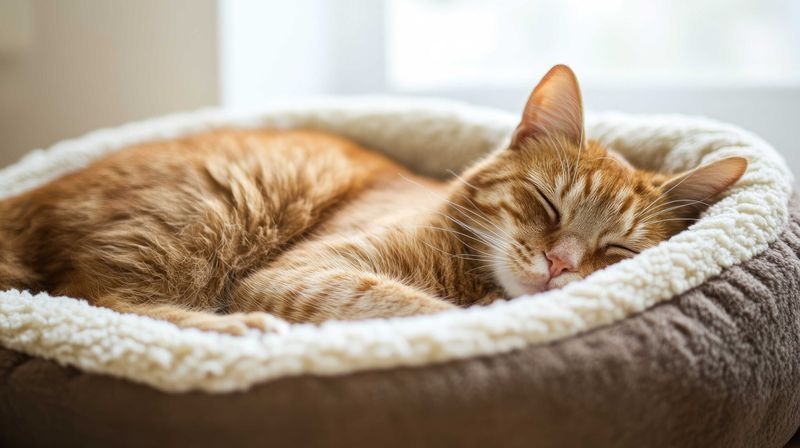
As cats grow older, they tend to sleep more, often exceeding 16 hours a day. This increase in sleep allows their bodies to conserve energy and heal.
You may find your older cat seeking out quiet and comfortable places to nap, such as sunny windowsills or soft cushions. They might become less active during the day, preferring to rest rather than engage in play.
It’s a natural part of aging and reflects their changing energy levels. Providing cozy sleeping spots can enhance your cat’s comfort, supporting their need for increased rest as they age.
Reduced Activity
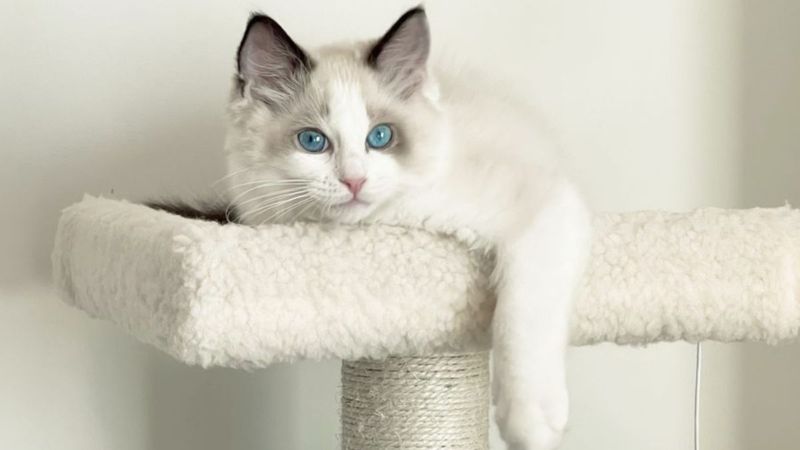
Older cats often show a reduction in activity levels, opting for leisurely strolls rather than bursts of energetic play. This change is often due to joint stiffness or arthritis, making vigorous activities less appealing.
Your older feline may prefer watching the world go by from a comfortable perch. Encouraging gentle play and providing low-impact toys can help maintain their physical health.
Even though they are less active, regular engagement is important. Understanding and adapting to this behavioral shift helps ensure your cat remains happy and healthy.
Increased Vocalization
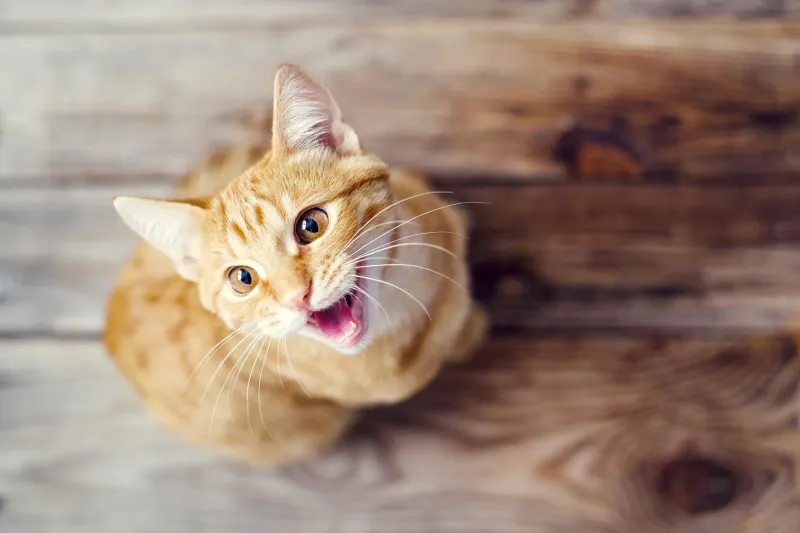
As they age, some cats become more vocal, using various sounds to communicate their needs or discomfort. Increased meowing might indicate hunger, loneliness, or pain, requiring attentive responses from their owners.
This behavior can also be a sign of cognitive dysfunction, where the cat might feel disoriented or confused. Listening to your cat’s vocalizations and observing any accompanying signs can help you address their needs more effectively.
Providing comfort and reassurance can mitigate anxiety, making your aging cat feel secure and heard.
Altered Eating Habits

With age, cats often experience changes in their eating habits, which may involve eating less or becoming picky eaters. Dental issues or a decreased sense of smell can affect their appetite.
Offering softer foods or warming meals can make them more palatable for older cats. It’s essential to monitor their weight and ensure they receive adequate nutrition.
Small, frequent meals might be preferable, making it easier for them to digest. Understanding these dietary changes helps maintain their health and well-being, providing the right balance of nutrients.
Increased Affection
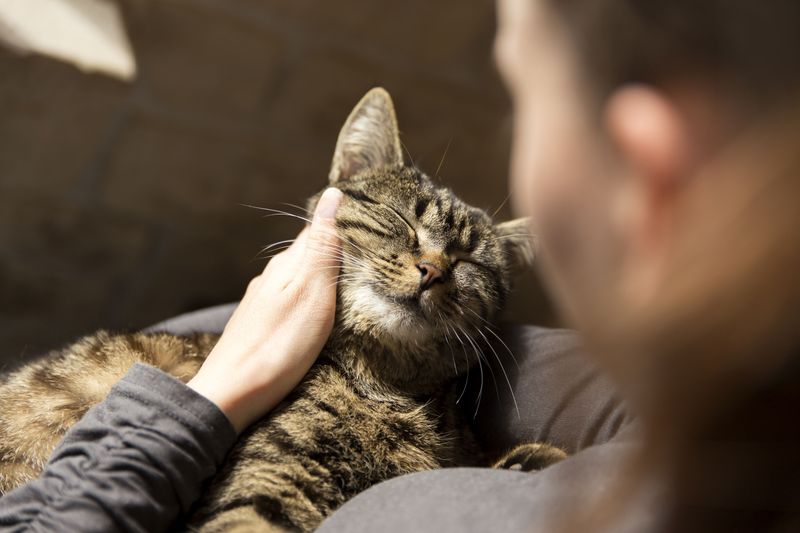
Many older cats become more affectionate, seeking closeness and companionship. They might spend more time on your lap or snuggling beside you. This behavior can be a sign of increased need for warmth and security as they age.
Older cats often appreciate gentle petting and soft-spoken words, reinforcing their bond with you. Providing a comforting environment and paying attention to these affectionate gestures can deepen your relationship.
Cherishing these moments will make your cat feel loved and cared for during their golden years.
Changes in Grooming
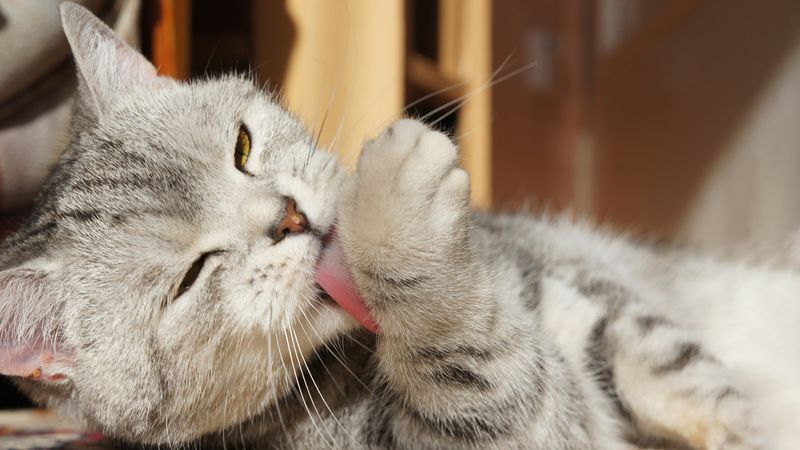
Aging cats may show changes in grooming habits, sometimes neglecting their usual routines. Joint stiffness or dental pain can make self-grooming difficult, leading to matting or unkempt fur.
Regular brushing and grooming assistance can help maintain their coat’s health and appearance. Paying attention to these changes might also reveal underlying health issues needing attention.
Supporting your cat with gentle grooming can enhance their comfort and reduce stress. This bonding activity can be both soothing and beneficial for your older pet.
Increased Sensitivity to Temperature
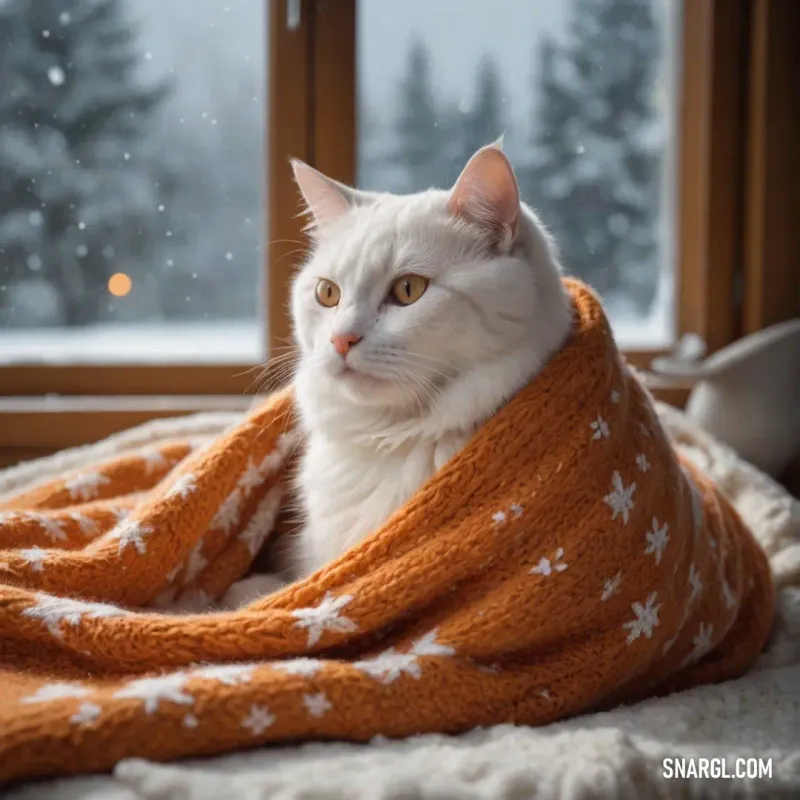
Older cats often become more sensitive to temperature changes, seeking warmth or avoiding cold drafts. They might favor sunny spots during the day or snuggle under blankets.
Ensuring a comfortable and warm environment can make a significant difference in their comfort. Providing heated beds or cozy corners helps them maintain their body temperature.
This increased sensitivity is a natural part of aging, reflecting their changing metabolism. Creating a warm atmosphere can enhance their quality of life, keeping them comfortable and content.
Changes in Litter Box Habits
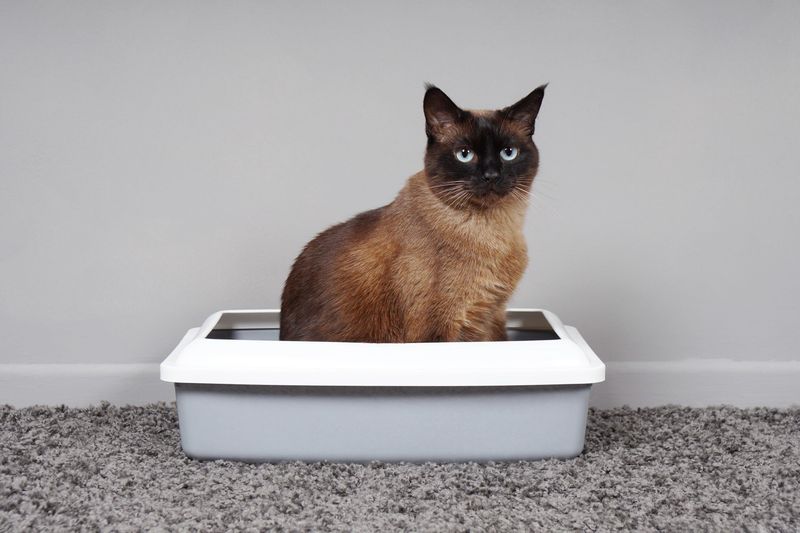
As cats age, changes in litter box habits can occur, sometimes due to physical discomfort or cognitive issues. They might urinate outside the box or have difficulty entering it due to arthritis.
Ensuring the litter box is accessible and clean is essential for their hygiene and comfort. Lowering the box’s sides or using larger boxes can accommodate their needs.
Recognizing these changes and adjusting accordingly can prevent stress and maintain their well-being. Observing their habits can also provide insights into their health status, allowing for timely interventions.
Increased Curiosity
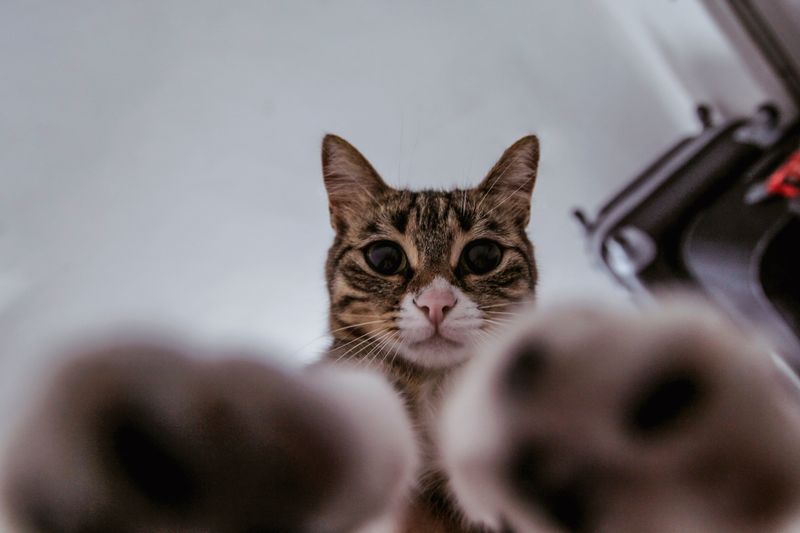
Some senior cats exhibit increased curiosity, exploring their environment with newfound interest. This behavior keeps their minds active and engaged, contributing to cognitive health.
They might investigate new objects or revisited forgotten spaces within the home. Encouraging this curiosity with safe exploration opportunities can enrich their daily life.
Providing puzzle feeders or interactive toys can stimulate their intellect and satisfy their curiosity. Understanding and nurturing this aspect of their behavior enhances their mental and emotional well-being.
Decreased Jumping
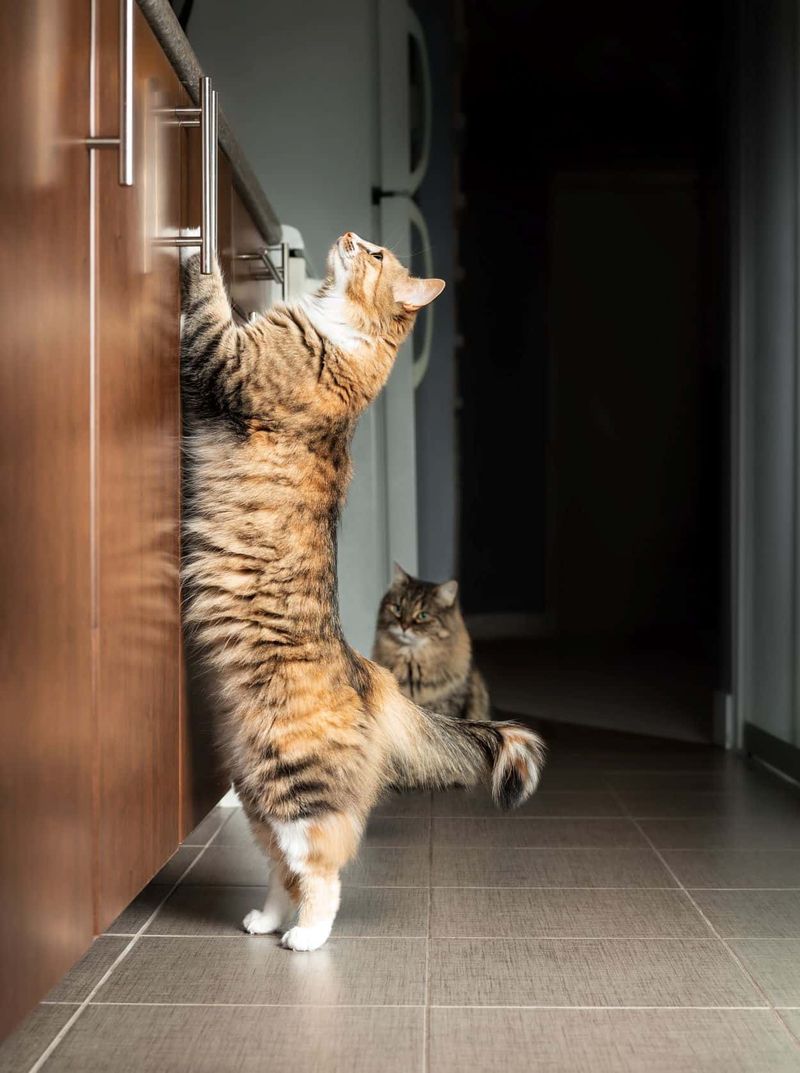
Older cats often show a decrease in their ability or willingness to jump, influenced by joint issues or reduced strength. They might avoid high surfaces, preferring to stay at ground level.
Providing ramps or steps to favorite perches can help them navigate their environment safely. Encouraging gentle mobility aids in maintaining their physical health while accommodating their limitations.
Understanding these changes ensures your cat’s environment remains accessible and enjoyable. Supporting their mobility needs fosters a sense of security and independence.
Heightened Anxiety
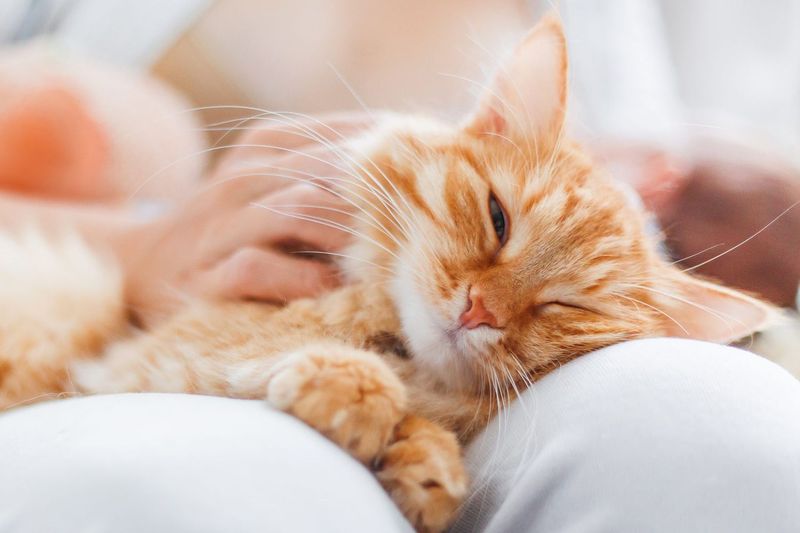
Aging can sometimes heighten anxiety in cats, making them more sensitive to changes in their environment. They might react strongly to new people, noises, or rearranged furniture.
Providing a stable and predictable environment can help alleviate their anxiety. Creating safe spaces or using calming products like pheromone diffusers can be beneficial.
Being mindful of their needs and offering reassurance can help them feel secure. Understanding the sources of their anxiety and addressing them with care supports their emotional health.
More Frequent Purring

Senior cats might purr more frequently, using this as a comfort mechanism for themselves and their owners. Purring can signify contentment or be a self-soothing behavior in response to discomfort.
Observing when and why your cat purrs can offer insights into their emotional state. Encouraging moments of relaxation where purring is prominent can strengthen your bond.
These soothing vibrations are beneficial for both the cat and the owner, fostering a peaceful coexistence. Embracing this behavior adds to the shared joy of companionship.
Selective Socialization

As they age, cats may become more selective in their social interactions, preferring familiar company over unfamiliar individuals. They might choose to spend time with certain people or other pets, exhibiting preferences not noticeable in their youth.
Respecting their choices and fostering these connections can improve their emotional well-being. Offering gentle introductions to new people or pets can help maintain harmony.
Understanding and honoring their social preferences ensures they feel secure and valued in their relationships.
More Pronounced Routine

Mature cats often develop more pronounced routines, thriving on predictability in their daily lives. They might eat, sleep, and play at specific times, finding comfort in this consistency.
Adhering to these routines provides them with a sense of security, especially if cognitive changes occur. Being mindful of their schedule and accommodating their preferences helps maintain balance.
Emphasizing routine strengthens their confidence and reduces stress, enhancing their overall quality of life. Recognizing the importance of these habits allows you to support their needs effectively.
Altered Play Behavior
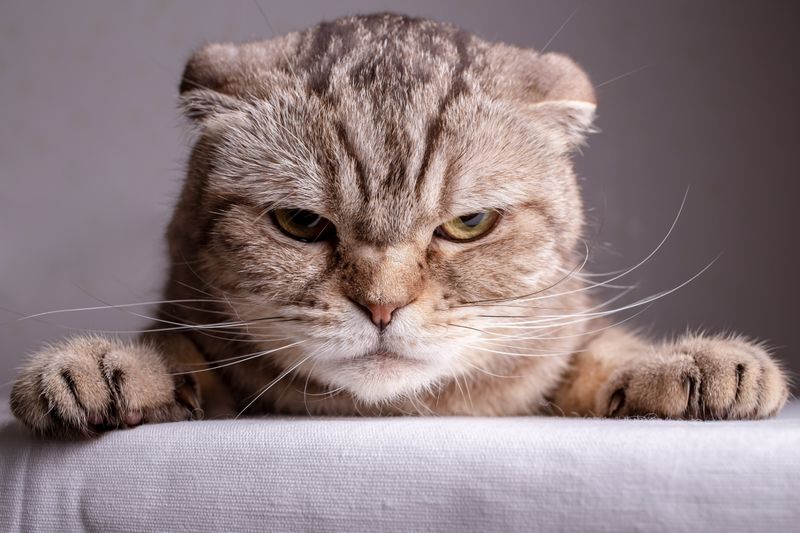
Older cats often adapt their play behavior, enjoying more subdued activities that match their energy levels. They might prefer soft toys or simple games that don’t require vigorous movement.
Encouraging these gentler forms of play keeps them entertained and mentally stimulated. Providing variety in their toys and activities ensures they remain engaged and happy.
Understanding these adjustments and supporting their playful side contributes to their well-being. This thoughtful attention allows them to continue enjoying life in a way that suits their age and abilities.
More Sensitive to Changes

Aging can make cats more sensitive to changes in their environment, such as rearranged furniture or new household members. They might require more time to adjust to these changes, reflecting their need for stability.
Providing gradual introductions to new situations and maintaining familiar elements can ease this transition. Understanding their sensitivity and responding with patience helps them adapt more comfortably.
Supporting their need for consistency and familiarity enhances their sense of security, contributing to their overall happiness and well-being.

